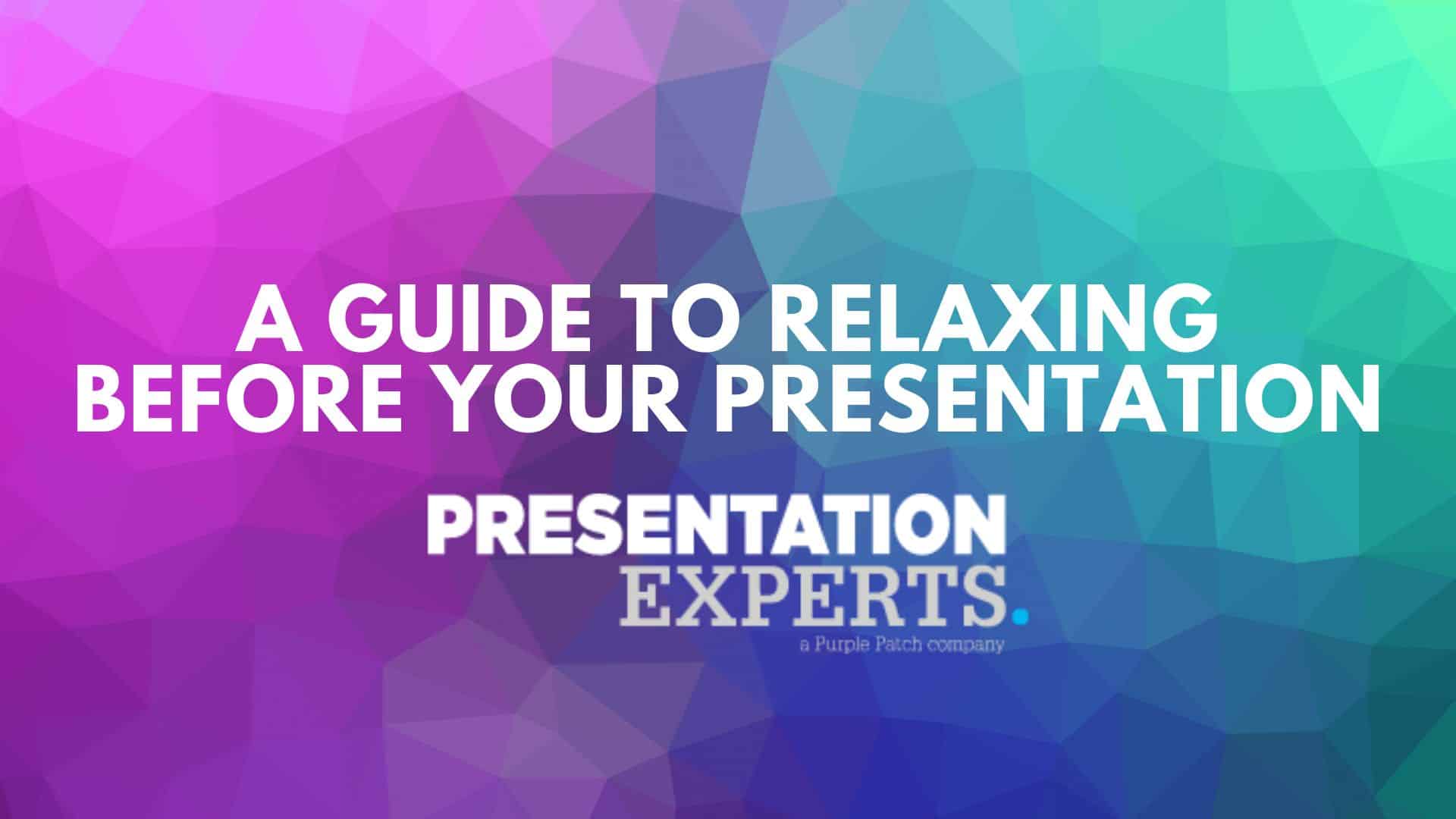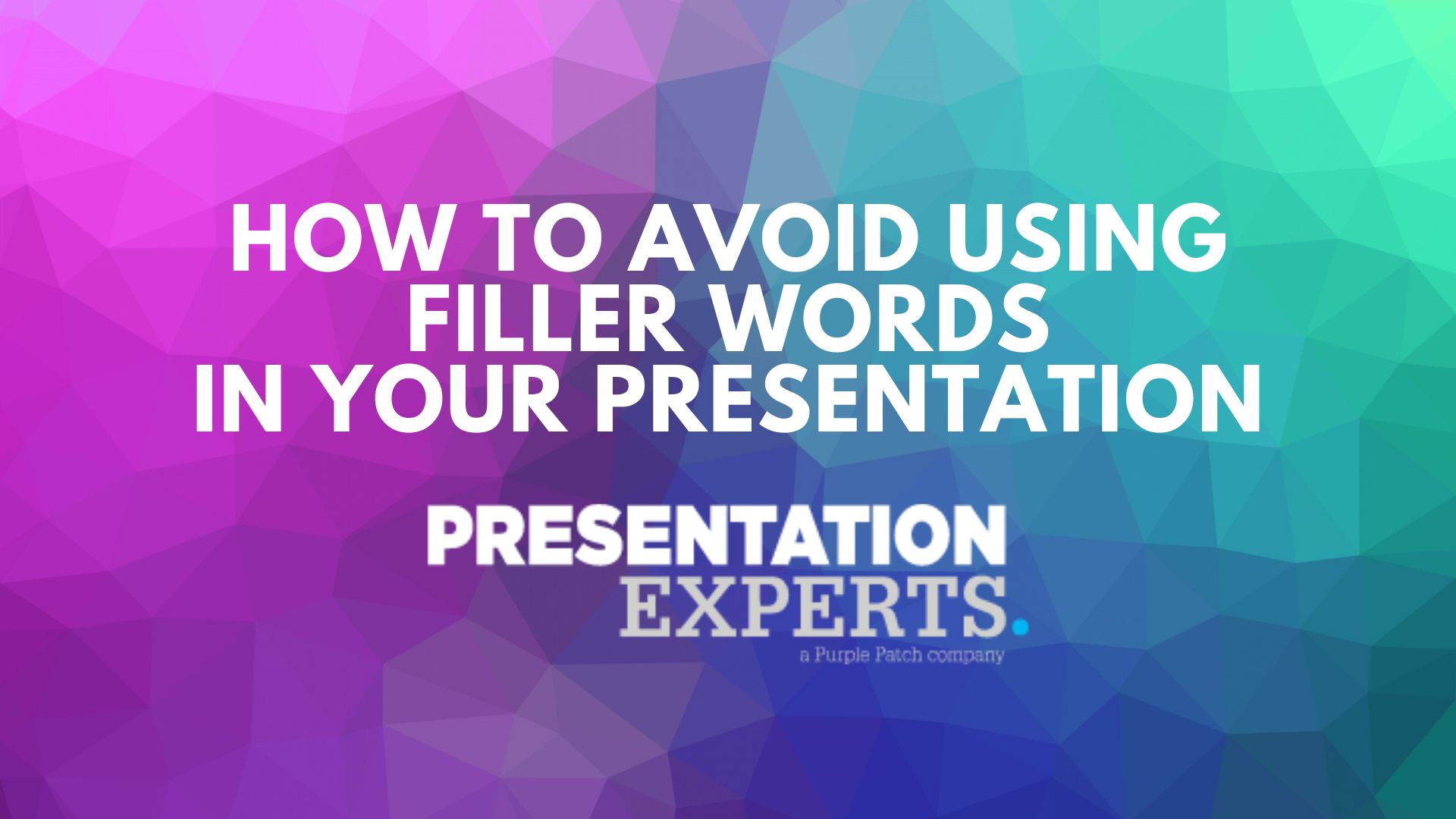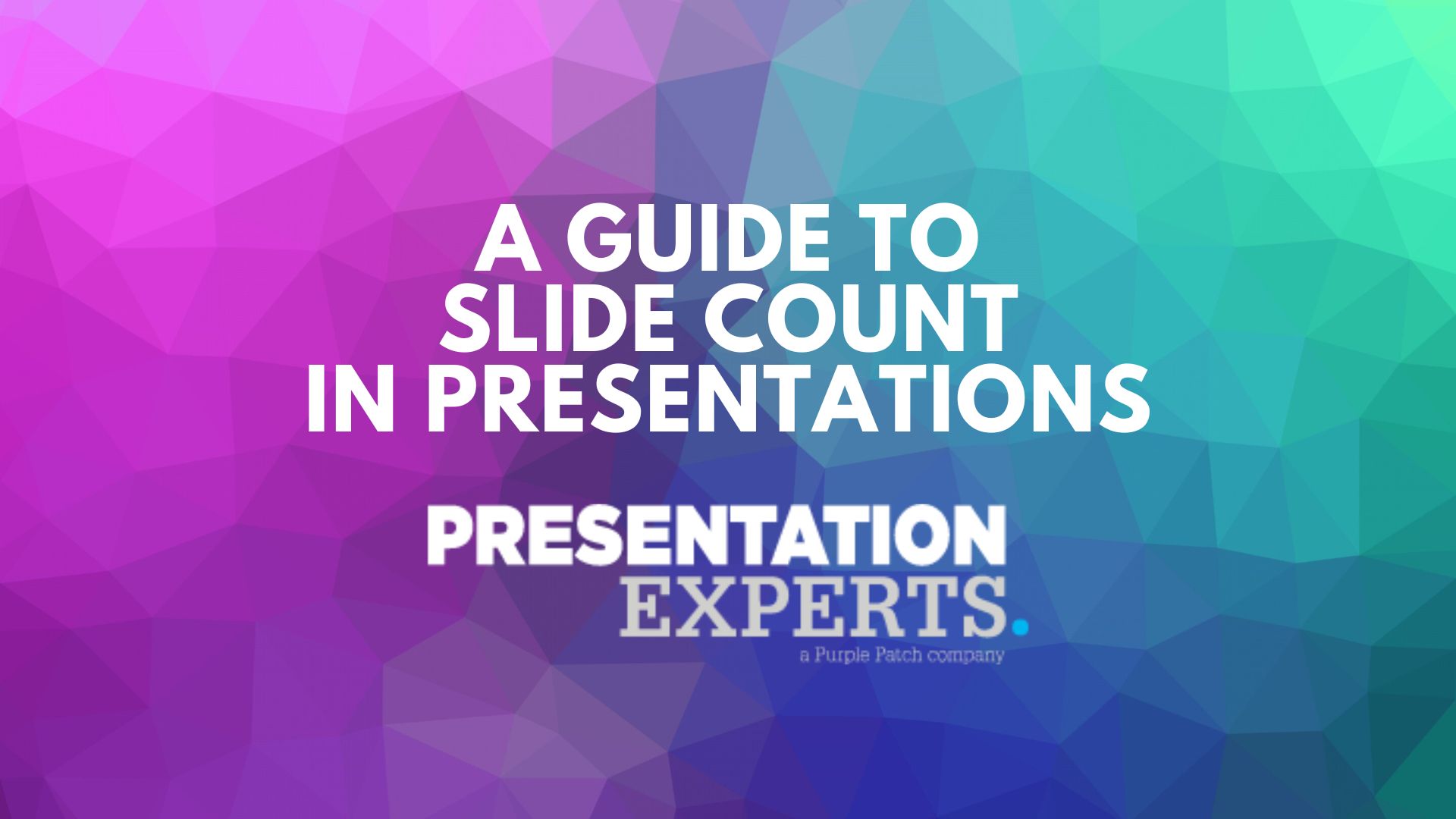

Presentation skills can be a powerful asset in both personal and professional spheres. Whether it’s pitching an idea to your team, delivering a keynote at a conference, or even making a toast at a wedding, being confident in public speaking holds immense value.
However, for many, the mere thought of standing in front of an audience can induce a wave of anxiety. It’s estimated that up to 75% of people experience some form of glossophobia, or the fear of public speaking, at some point in their lives.
If you have experienced something similar and want to conquer presentation anxiety, you have come to the right page. In this article, we have shared expert advice and practical strategies for relaxing before a presentation. By implementing these techniques, you will not only soothe those pre-presentation jitters, but also improve your presentation skills and leave a lasting impression on your audience. But first, let’s gain a better understanding of presentation anxiety.
Understanding Presentation Anxiety
The anxiety associated with public speaking, often termed as presentation anxiety, is a common phenomenon. It’s estimated that up to 75% of people experience some form of glossophobia, or the fear of public speaking, at some point in their lives. Symptoms can range from mild nervousness to full-blown panic, complete with shaky hands, a racing heart, and a dry mouth.
At its core, presentation anxiety is a natural response to a perceived threat. Your body’s fight-or-flight mechanism kicks in, releasing a surge of adrenaline and cortisol. These physiological changes prepare you to face danger – an ancient survival mechanism that, in modern times, can feel misplaced before a business pitch or a conference speech.
Now that we have a better idea of what presentation anxiety is and how it’s triggered, let’s have a look at some of the best strategies to beat presentation anxiety, one by one.
Proven Strategies for Conquering Presentation Anxiety
Rehearsal
One of the most potent antidotes to presentation anxiety is rigorous preparation. The age-old saying “practice makes perfect” holds true, when it comes to public speaking. By investing time and effort in rehearsal, you not only bolster your confidence, but also gain a thorough understanding of your material.
The Benefits of Rehearsal
- Boosts Confidence: Familiarity breeds confidence. The more you rehearse, the more comfortable you become with your material. This confidence translates directly into a more assured and engaging presentation.
- Familiarity with Content: Repeatedly going over your material allows you to internalize it. This means you won’t be reliant on notes or slides, giving you the freedom to engage with your audience.
- Refines Delivery: Practice helps you fine-tune your delivery. You can experiment with pacing, tone, and gestures, ensuring your presentation flows smoothly.
- Prepares for Unexpected Turns: Through practice, you become well-versed in your content, making it easier to adapt if something unexpected happens during your presentation.
A Step-by-Step Guide to Effective Practice
- Break it Down: Rather than trying to tackle your entire presentation at once, break it down into manageable sections. Focus on one segment at a time to ensure thorough understanding and memorization.
- Repetition is Key: Repetition reinforces memory. Go through your material multiple times, emphasizing different points with each repetition.
- Simulate the Environment: If possible, practice in a setting similar to where you’ll be delivering the actual presentation. Familiarising yourself with the space can help reduce any surprises or discomfort on the day.
- Seek Feedback: Don’t practise in a vacuum. Seek feedback from colleagues, friends, or mentors. They can offer valuable insights and catch points you might have missed.
Pitfalls to Avoid During Practice
While practice is essential, it’s crucial to avoid certain common pitfalls:
- Over-reliance on Script: Avoid becoming too reliant on a script. Memorize key points and practice speaking naturally around them.
- Neglecting Non-Verbal Communication: Pay attention to your body language, facial expressions, and gestures. They play a significant role in effective communication.
- Ignoring Timing: Practice with a timer to ensure you stay within your allotted time. Going over or under your time can disrupt the flow of your presentation.
- Neglecting Audience Engagement: Practice not just speaking, but also engaging with an imaginary audience. This helps you gauge how your content resonates.
Mindfulness and Relaxation Techniques
In the fast-paced world of presentations, taking a moment to calm yourself can make a world of difference. This is where mindfulness and relaxation techniques come into play. By grounding yourself in the present moment, you can alleviate the physical and mental tension that often accompanies pre-presentation anxiety.
The Power of Mindfulness
Mindfulness is the practice of being fully present and aware of your thoughts, feelings, and sensations without judgement. It allows you to detach from any anxious thoughts about the future or past, bringing your focus to the here and now.
Mindfulness Exercises
Breath Awareness: Find a quiet space, close your eyes, and focus your attention on your breath. Notice the inhale and exhale without trying to change it. This simple exercise can help calm a racing mind.
Body Scan: Starting from your toes and moving up to the crown of your head, mentally scan your body. Pay attention to any areas of tension and consciously release it.
Grounding Techniques: Engage your senses by noting five things you can see, four things you can touch, three things you can hear, two things you can smell, and one thing you can taste. This brings you back to the present moment.
Progressive Muscle Relaxation
Progressive Muscle Relaxation (PMR) is a technique that involves tensing and then relaxing different muscle groups in the body. This promotes a sense of physical calmness and can be particularly effective in alleviating nervousness.
- Find a comfortable seated or lying position.
- Starting from your toes, tense each muscle group for about five seconds, then release. Work your way up through your body.
- Focus on the sensation of relaxation as you release each muscle group.
Visualization Techniques
Visualization involves imagining a successful presentation in vivid detail. This technique can help build confidence and reduce anxiety by creating a mental rehearsal.
- Close your eyes and picture yourself standing confidently in front of your audience.
- Visualize yourself speaking with clarity and conviction.
- Feel the positive emotions associated with a successful presentation.
Cultivating a Positive Mindset
Harnessing the Power of Positive Thinking: The mind is a powerful tool, and how you think about a situation can significantly impact your experience of it. Positive thinking involves shifting your mindset from a focus on potential pitfalls to a confident belief in your abilities.
The Impact of Positive Self-Talk: The way you talk to yourself matters. Instead of dwelling on self-doubt or worst-case scenarios, replace negative thoughts with positive affirmations. For example, replace “I’m going to mess up” with “I am well-prepared and capable.”
Reframing Negative Thoughts: Cognitive reframing involves changing the way you interpret situations. Instead of viewing a presentation as a high-stakes test, see it as an opportunity to share valuable insights and connect with your audience.
By cultivating a positive mindset, you not only reduce anxiety but also enhance your overall performance. Remember, your thoughts shape your reality, so make them work in your favour.
Tips for Relaxing Before a Presentation
In addition to the techniques shared above, here are some tips for relaxing before a presentation:
Practice Deep Breathing: Take slow, deep breaths to calm your nervous system. Inhale deeply through your nose, hold for a few seconds, and exhale slowly through your mouth.
Break the Ice: Engage with your audience before the presentation starts. A friendly conversation can help ease nerves and build rapport.
Move and Stretch: Do some light stretches or take a short walk to release physical tension. Movement helps improve blood flow and reduces feelings of restlessness.
Review and Visualize Content: Quickly go over your presentation material to reinforce your confidence in the content. Visualize how you’ll transition between points.
Avoid Caffeine and Sugar: Skip the caffeine and sugary snacks before your presentation. These can lead to jitters and energy crashes.
Stay Hydrated: Drink water to stay hydrated, but avoid excessive consumption right before your presentation to prevent frequent trips to the restroom.
Arrive Early: Arrive at the venue with plenty of time to spare. This gives you a chance to get familiar with the space and mentally prepare.
Use Positive Body Language: Stand tall, maintain eye contact, and use open gestures. Positive body language not only conveys confidence but can also help you feel more assured.
Remember to Breathe During the Presentation: If you start feeling nervous during the presentation, take a moment to pause and take a deep breath. This can help calm your nerves.
Embrace Imperfections: Understand that it’s okay to make minor mistakes. Your audience is generally more forgiving than you might think.
Focus on the Message, Not Perfection: Instead of aiming for flawless delivery, focus on effectively conveying your message and connecting with your audience.
Know Your Audience: Understanding your audience’s interests and needs can help you tailor your presentation to resonate with them, which can not only boost your confidence, but also help you achieve a better response from your audience.
Have a Clear Structure: A well-organized presentation with a clear beginning, middle, and end can provide a sense of direction and ease any anxiety about getting lost in your content.
Prepare for Questions: Anticipate potential questions and have answers ready. This preparation can boost your confidence in handling the Q&A session.
Use Visual Aids Wisely: If you’re using slides or visual aids, ensure they enhance your message rather than distract from it. Familiarize yourself with them beforehand.
Avoid Overloading Information: Keep your content concise and focused. Too much information can overwhelm both you and your audience.
Practice Vocal Warm-Ups: Do vocal exercises to warm up your voice. This can help you speak more clearly and confidently.
Find a Focal Point: If you’re feeling nervous, pick a friendly face in the audience and periodically make eye contact with them. This can help you feel more connected.
Maintain a Positive Posture: Stand with your shoulders back and your head held high. This not only exudes confidence but also helps you breathe better.
Use Humor Appropriately: Incorporate light humour if it’s appropriate for your audience and topic. A well-timed joke can help break the ice and create a more relaxed atmosphere.
Have a Backup Plan: Prepare for any potential technical glitches or unexpected situations. Knowing you have a contingency plan can reduce anxiety about the unknown.
Record and Review Practice Sessions: Recording your practice sessions allows you to review and identify areas for improvement. It also helps build confidence in your delivery.
Take Breaks: If possible, take short breaks to relax and refocus before your presentation. This can help you reset and reduce any accumulating stress.
Use Positive Affirmations: Repeat positive affirmations to yourself before and during your presentation. This can help boost your confidence and keep negative thoughts at bay.
Reflect on Past Successes: Remind yourself of past presentations or accomplishments where you did well. This can help reinforce your belief in your abilities.
Remember, everyone experiences some level of nervousness before a presentation. These tips can help you manage that anxiety and present with confidence and poise. Practice them to find what works best for you.
Final Thoughts
Remember, it’s not about perfection, but about being well-prepared and able to connect with your audience effectively. With practice, patience, and gaining confidence in your presentation skills, you will not only conquer presentation anxiety, but also leave a lasting impression on your audience.
If you’re eager to learn the secrets to becoming a confident presenter, look no further. At Presentation Experts, we specialize in empowering individuals like yourself to conquer the stage with poise and finesse. Our team of experts is here to provide you with the guidance and support you need to excel in every aspect of public speaking and presentation design. To learn more about how we can help, contact us today!








